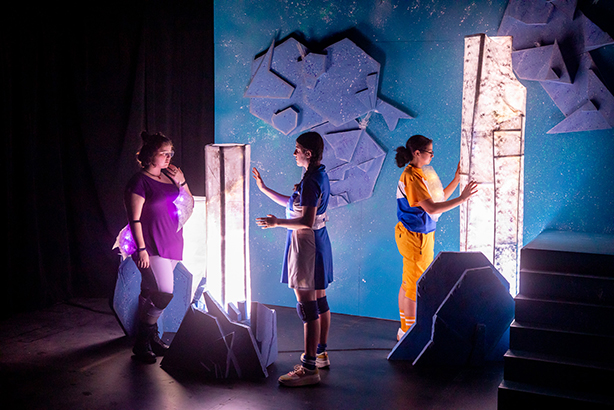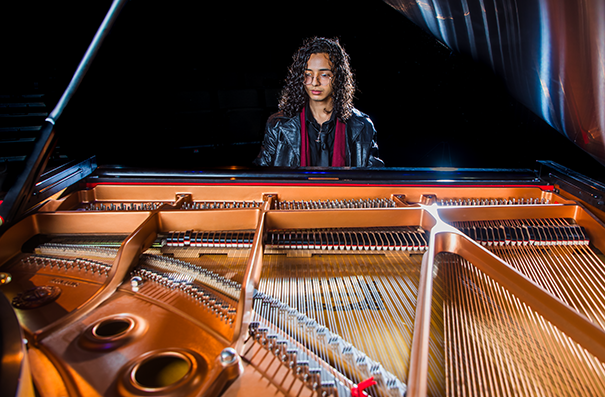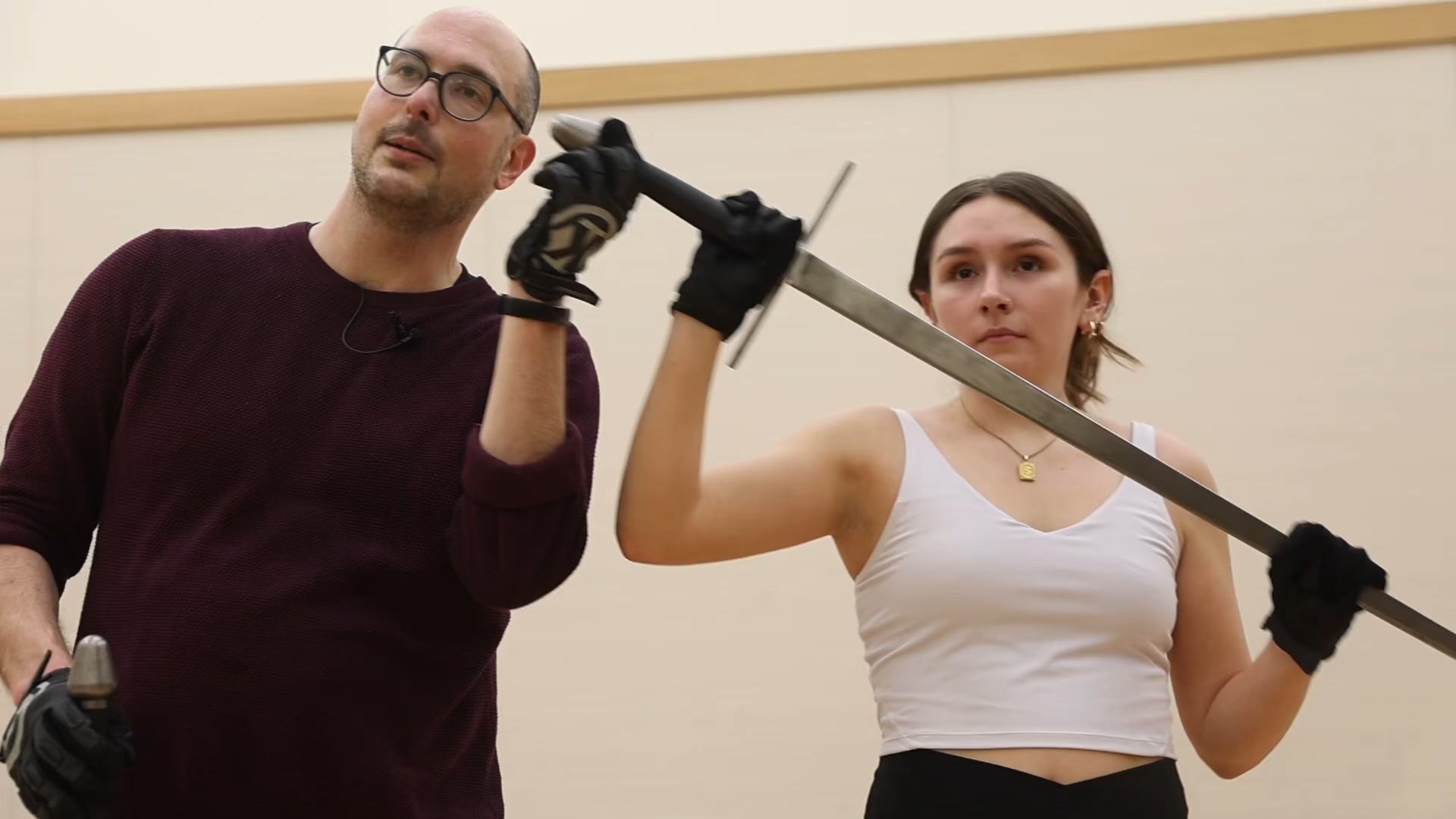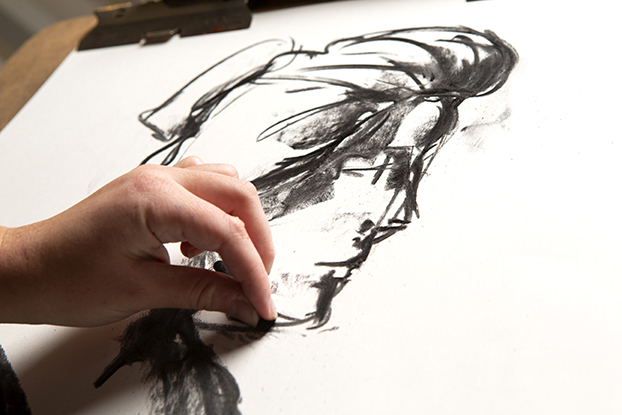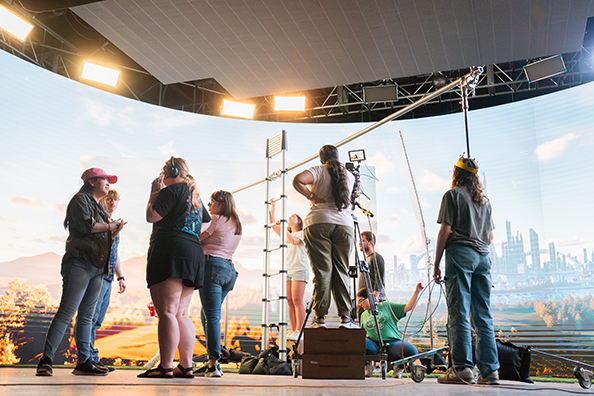Minors
The College of Performance, Visualization and Fine Arts houses 12 undergraduate minors.
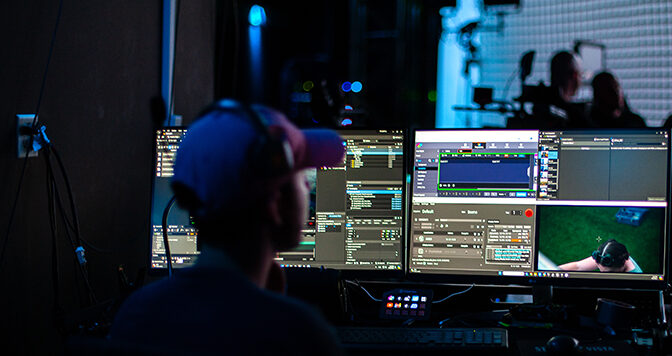
Designed to meet the growing demand for integrating artificial intelligence in artistic practice, this minor equips students with the skills to incorporate AI into visual arts, dance, theatre, interactive media and music. The program provides a comprehensive education on the use of AI tools, emphasizing critical decision-making, ethical considerations and social implications.
Dance-making and producing are emphasized in this minor, which benefits students who want to work as choreographers, artistic directors or as dance directors in schools. The minor has courses in music, choreography and dance production. Students produce and choreograph their own concert in a final capstone project.
Students who want to pursue a dance career will benefit from this minor, as will students who want to improve their overall training. The minor includes interdisciplinary opportunities by examining the role of technology in dance. The physical nature of dance is also emphasized, including a conditioning course to maximize performance and minimize injury.
Explore the collective efforts of an ensemble of artists to create a performance from the ground up. This minor introduces the form, trains students to work with a variety of sources and includes a studio course in which students create original performances. Students gain the essential skills in devising and the collective creation of original works of theatre.
Students will be prepared to think and write critically about film and media from multiple perspectives through this interdisciplinary minor. They will have opportunities to pursue analyses of the aesthetic, cultural, economic, technological and international dimensions of film.
This minor helps students develop knowledge and skill associated with the aesthetic and technical aspects of interactive media. Curriculum includes art, design, programming, media literacy and video game production. Students learn core competencies and engage in creative problem-solving, with a foundation in the principles of game design and software development.
Students interested in graphic design as a career or looking to complement a major area of study can benefit from this minor, which provides a foundation of layout, typography and color, along with relevant software skills and the language of graphic design. Electives include digital photography, color theory and web design.
This minor allows students to pursue musical interests and develop a fundamental understanding of music through individual and group performance, music theory, musicianship and music history. Students have opportunities to develop skills on their preferred instruments, or to learn new instruments and styles.
Novel ways to use technology to make music is the focus of this minor, including in live performance, fixed media art and interdisciplinary work. Students experiment with digital audio editing; analog circuitry and equipment; artificial intelligence; and live coding. Students develop their creative voices as 21st century musicians using technology expressively.
Students have the opportunity to apply the methods of performance studies and the practice of performance to other academic and artistic interests. They will cultivate an analytical perspective about the role and meaning of performance in global culture that will contribute to their academic development, creative practices and professional success.
Traditional art and digital courses help to broaden students’ skill sets in analog and digital tools. Courses provide an understanding of tools and processes which can then be specialized through electives including painting, sculpting and time-based media.
Virtual production has become common in entertainment media production, and its use is expanding into areas including architectural/engineering visualization; manufacturing; product design; simulation and training; and live performances. The curriculum includes virtual production techniques, storyboarding, visual computing, lighting and cinematography.
The College of Performance, Visualization and Fine Arts houses five undergraduate degrees. Learn more about Dance Science; Music Performance; Performance and Visual Studies; Theatre; and Visualization.
We offer five graduate degrees. Explore the Master of Fine Arts in Dance; Master of Arts in Performance Studies; Master of Fine Arts in Visualization; Master of Science in Visualization; and the Ph.D. in Visual Computing and Interactive Media.
The College of Performance, Visualization and Fine Arts offers a graduate certificate in Film and Media Studies. This is an interdisciplinary concentration in the study of film and other visual- and sound-based media that will enhance their major field of study.



